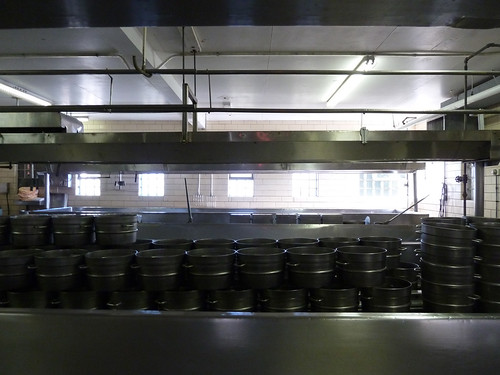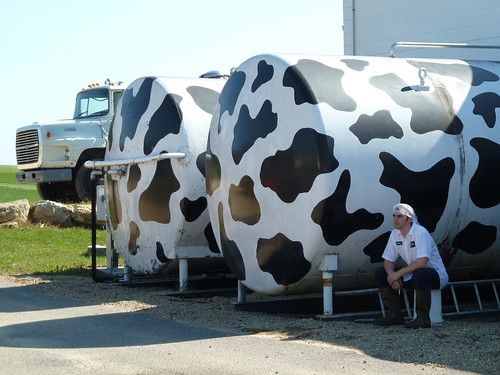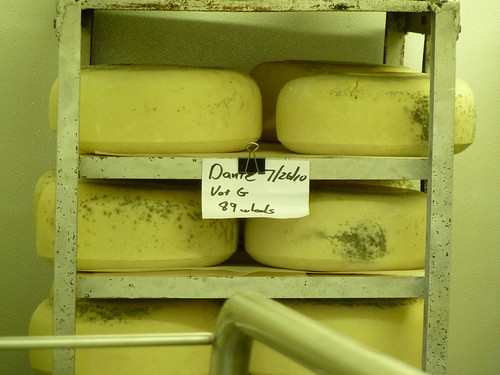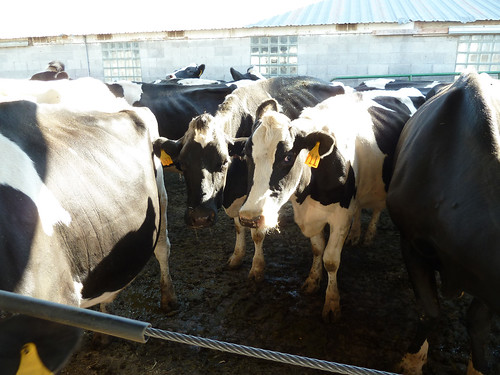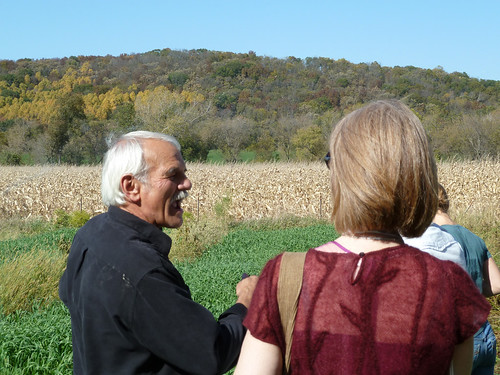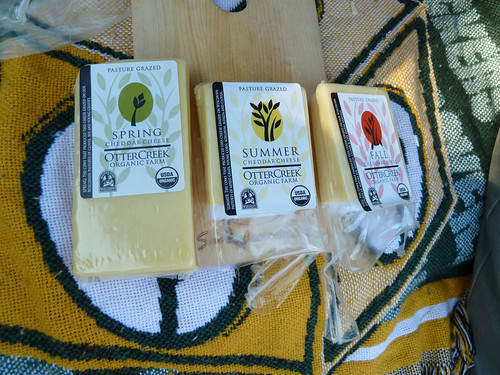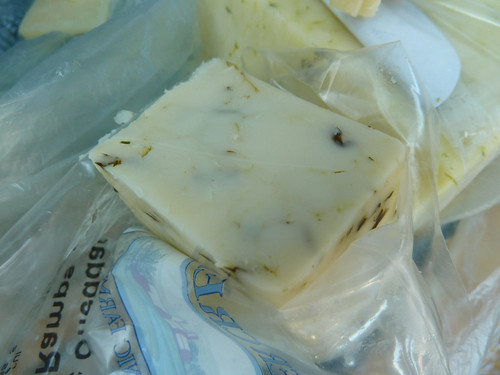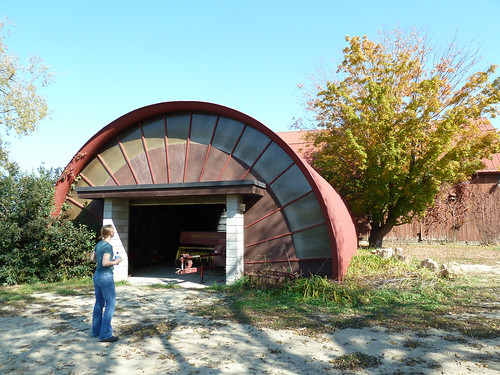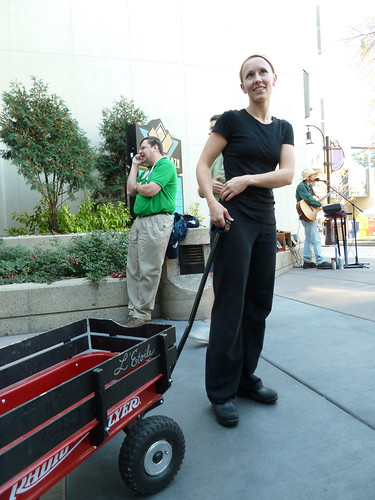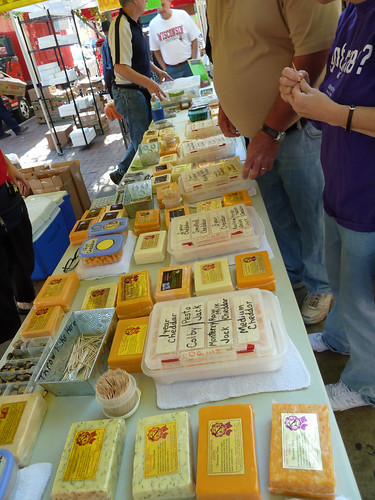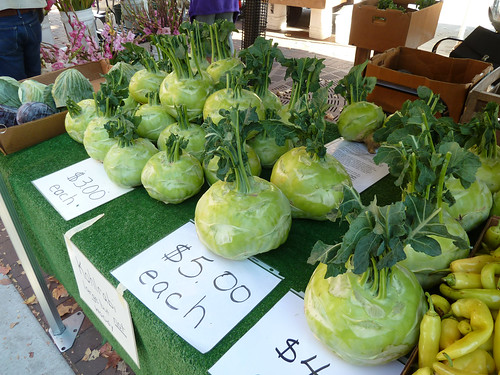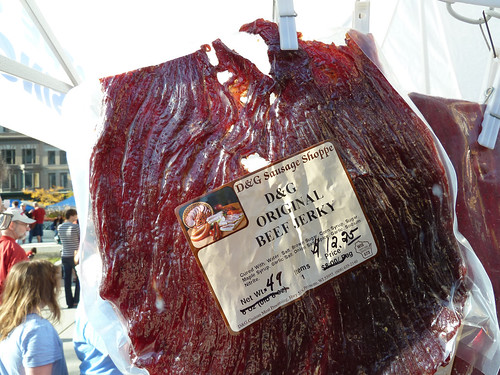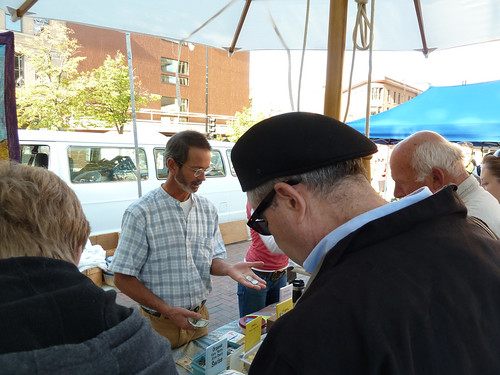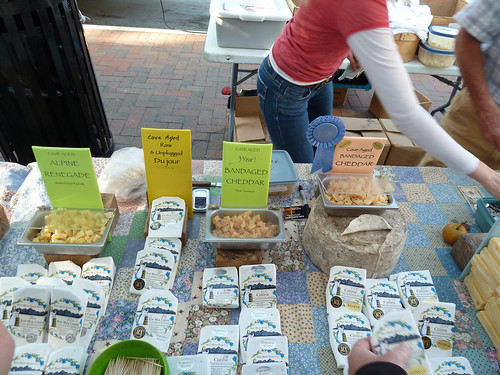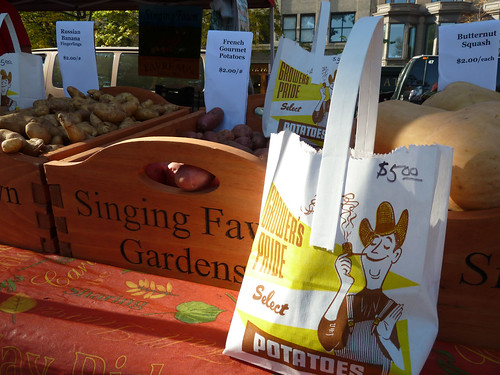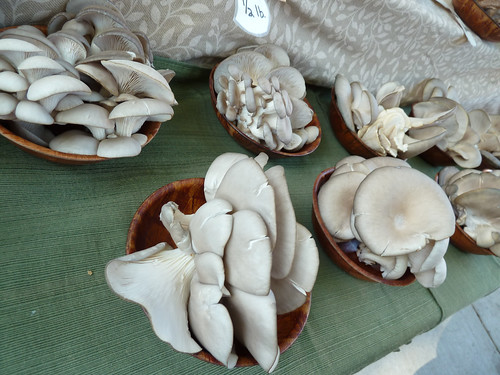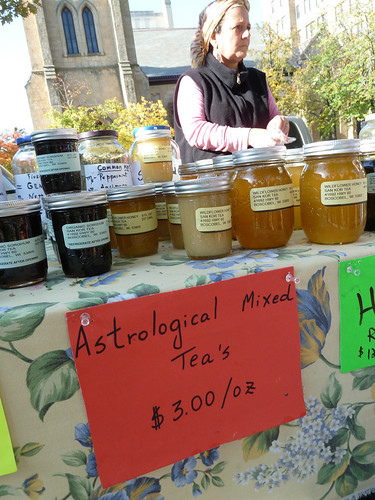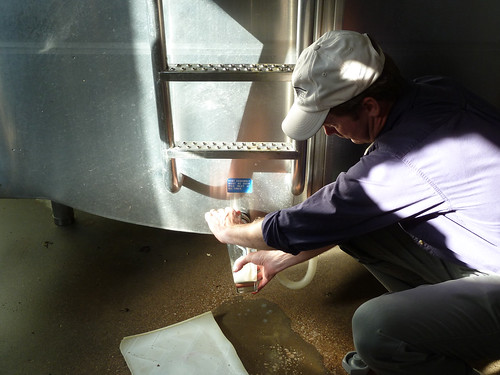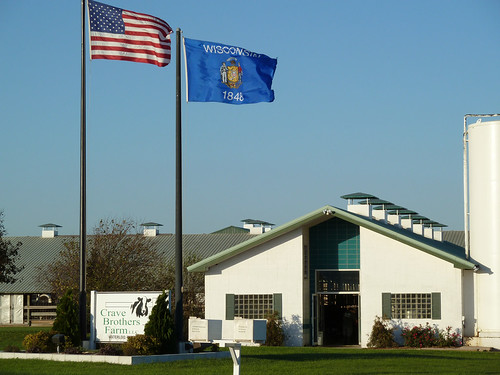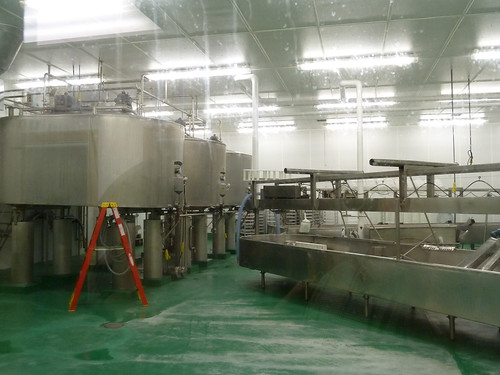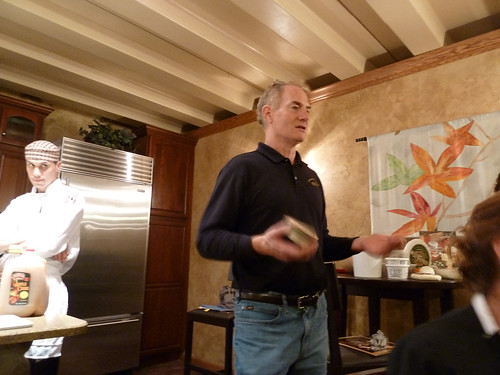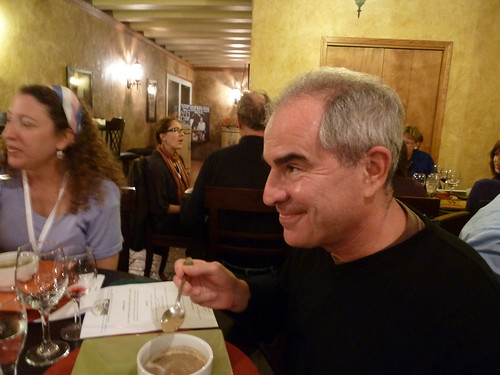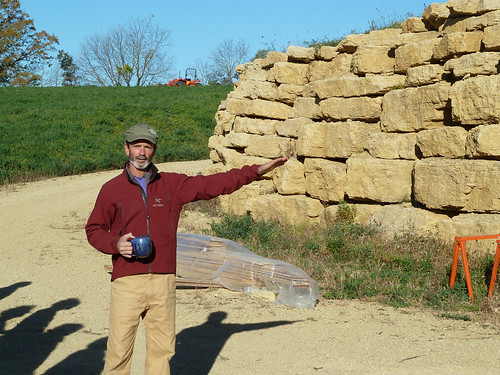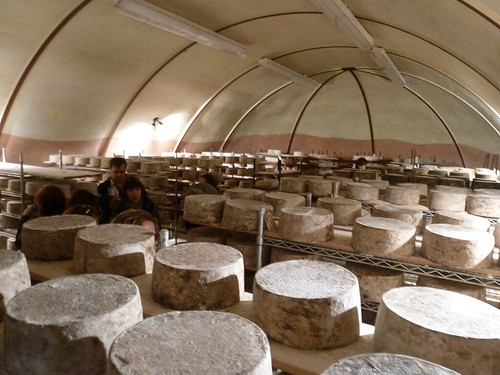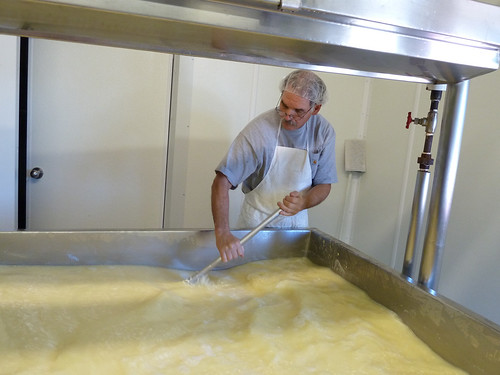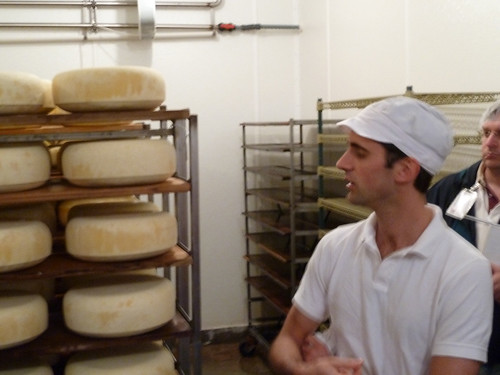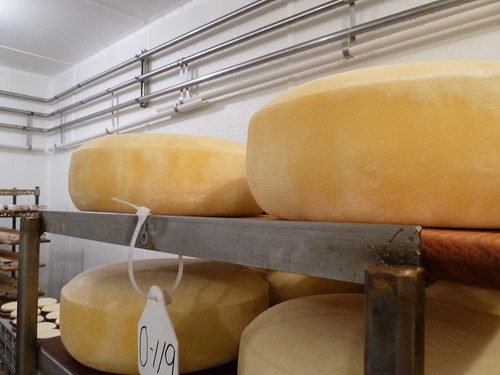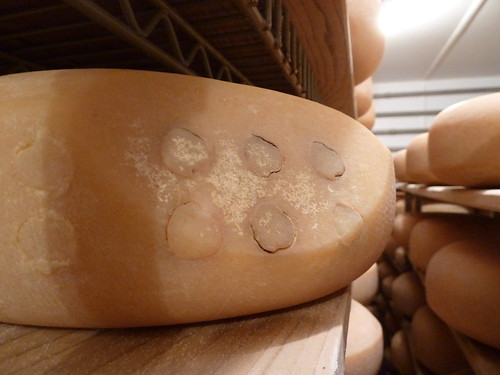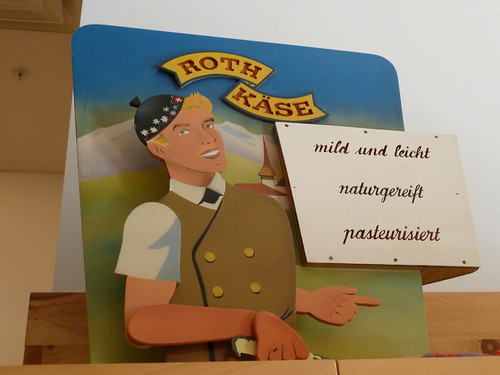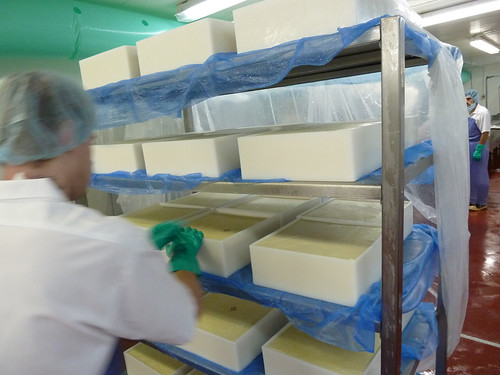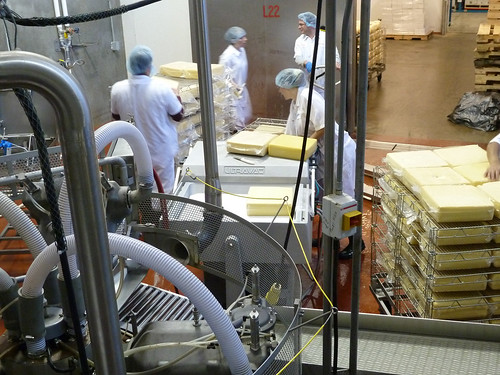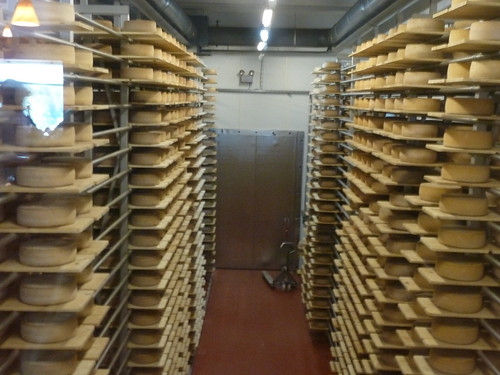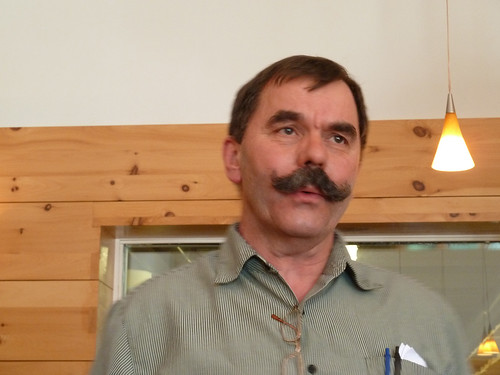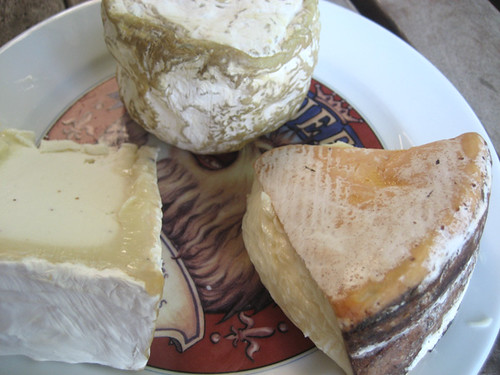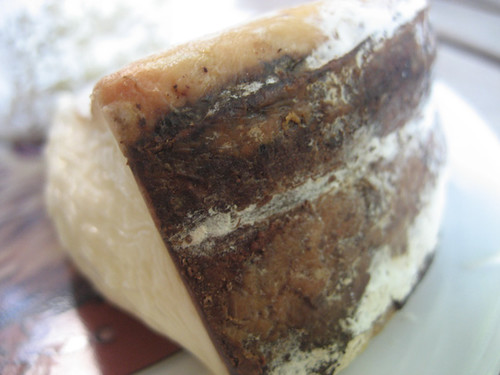Here’s a quick, photo-heavy recap of a couple of more things eaten while on a very short Detroit-area trip.
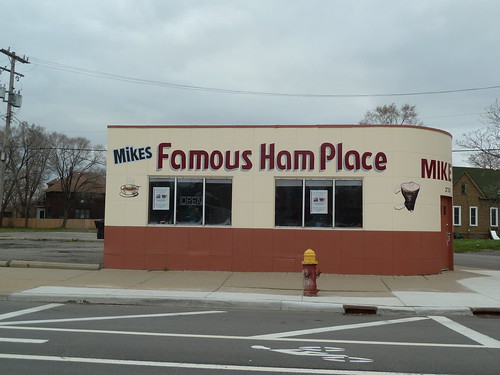
If Mike’s Famous Ham Place didn’t exist, you’d think the Sterns would have invented it— yet astonishingly, it’s not in their book. It’s hard to think of a place that does a better job of pushing all their Road Food buttons— location on a nothing strip of Michigan Ave. in Detroit, beautiful artwork of ham on the outside, an extremely short menu (ham sandwich, ham and eggs, split pea and bean soup), only a counter to sit at, extremely large portions, and the sweetest, cutest Greek couple running it:
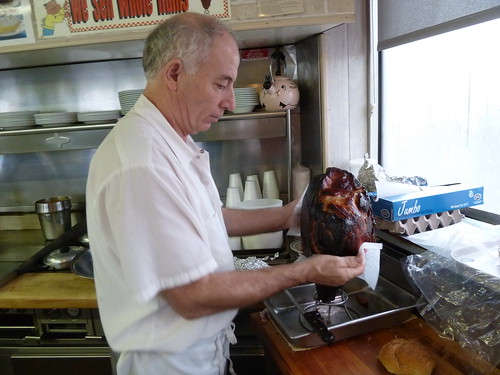
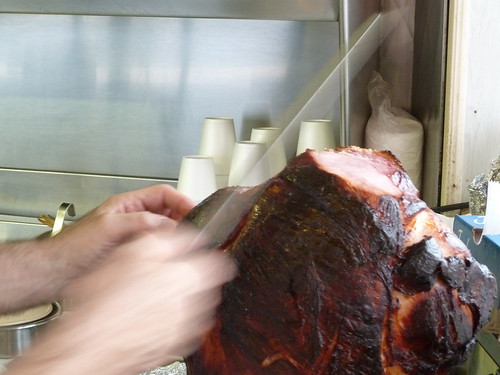
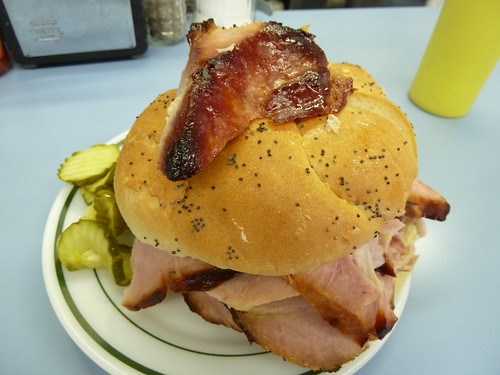
Not to mention the charming touch of sticking a chunk of the glazed crust as a garnish on top of your sandwich. My son and I each ordered one of these— for breakfast— and we each could only eat half. Partly because as soon as I started taking pictures, they wanted me to try the soups, too:

Everything was just as good as it looked, just as good as you could imagine it would be. “There are lot of peectures of us on the eenternet,” the wife said, smiling in a slightly-mystified, but good-natured way. Yes, and now there are five more.
Mike’s Famous Ham Place
3700 Michigan Ave
Detroit, MI 48216
(313) 894-6922

Yes, Chicago, there is an automated parking system even more cumbersome and incomprehensible than yours. Welcome to Ann Arbor, Michigan, where parking near Zingerman’s takes 5 minutes to figure out, even for locals, apparently. Next time, find street parking, is my advice.
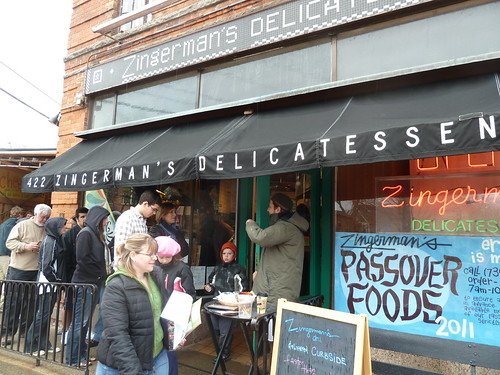
And there will be a next time because Zingerman’s is, of course, Zingerman’s— a deli and fine foods shop to make any big city in America jealous, located in a college town in the midwest. Actually Zingerman’s is a complex of shops and bakeries now, but the original deli is still there even as the space in between two of its buildings is being excavated for a third (meaning that you order in one building, and they walk your food over to the other through a construction site, the sort of thing that would appall you in Chicago, but just seems adorable here).

As packed and tiny as it is, the deli was a little overwhelming at first, but I made an instant bond with a young woman at the counter when I ordered a quarter of a pound of something I had never eaten even at La Quercia’s plant or the Eckhouses’ house— La Quercia’s Acorn Edition. (I probably shot some of these very hams, two years ago.) This is their acorn-fed Becker Lane pork, sold only by the half or whole pig and shipped when each different piece is ready (so you get fresh pork right away, but won’t see the prosciutto for a couple of years). It’s madly expensive that way, even moreso sold by the hand-slice (at $125 per lb.) (And because it’s sold by the whole ham, the Eckhouses had no way of tasting it themselves until Zingerman’s let them try some of theirs on a visit.) But I guess I established myself as a big spender with that order, and sending her off to hand-slice $30 worth of prosciutto off the bone gave me time to examine my other choices more carefully:
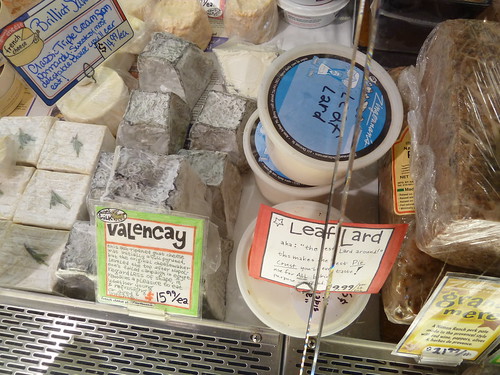
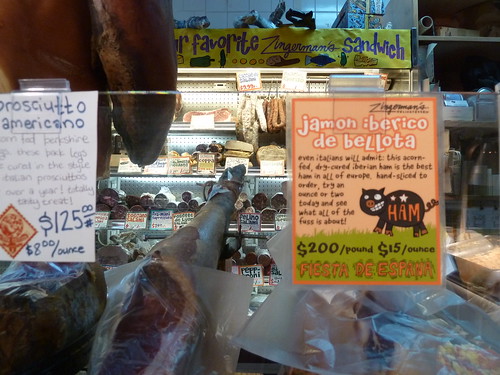
The rows of cured sausages intrigued me, the fact that many of them were from the supermarket brand Columbus less so (even if they were its higher end line), but when she returned with my prosciutto-more-expensive-than-gold, I asked for some help selecting more unusual things, and wound up with a pretty good Spanish-style chorizo from Fra’ Mani and a really excellent wild boar sausage from Creminelli.
Then on to cheese; having tasted practically every cheese in Wisconsin recently, I wanted to skip past those and look at some of the lesser-known things from Vermont and elsewhere, and I spotted an intriguing name: Twig Farm Fuzzy Wheel. “I can’t believe you spotted that,” she said, pulling a tiny remnant from the shelf. “That’s the last piece, but it’s terrific.” She gave me a tiny piece of the buttery-funky cheese and I cried “Wrap it at once, before it is wasted on these rabble!”
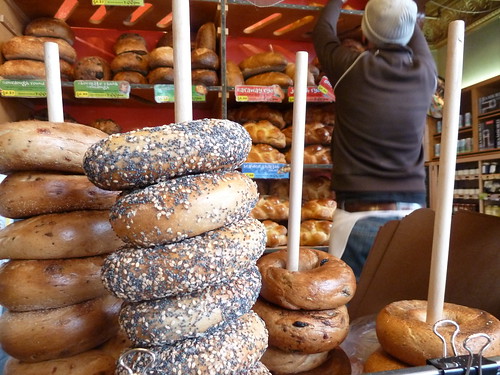
My deli purchases in tow, I examined the bake shop. I’ve only ordered from the bake shop once, to be sent to someone else; the prices are so high once shipping speedy enough to keep things fresh is included. My feeling about the bakery is, well worth picking up if you’re here but not necessarily so great to be worth shipping for someone in Chicago. A nice crusty hunk of brown miche was tasty, but locally you could get better for less at La Farine; likewise a pecan-raisin bread, which was very nice but not better than Fox & Obel’s. What was really excellent was the hot cross buns made for Easter, which had real brioche-like texture and tooth. In the end we checked out with $200 of fine stuff and a picnic which would keep us from stopping at some fast food joint on the way back, plus new deli T-shirts for the kids; a stop well spent.
And how was the $125/lb. Acorn Edition prosciutto? Well, it’s pretty wonderful, but I’ll tell you. From ordinary mass-produced prosciutto to La Quercia is a leap in complexity and subtlety, you feel like doors have been opened and your prosciutto palate has been expanded in all directions. From La Quercia’s standard product to the organic green label is another such leap, introducing a cheesy funkiness that’s rich and profound. And from the organic green label to the Acorn Edition is even more of that cheesy funkiness, that lactic bite dialed up to 11— but it’s not a qualitatively different or more complex experience. So for me, as much as I enjoyed finally tasting the Acorn Edition, the organic green label, which you can buy a whole ham of (around 15 lbs.) for $270, is the best deal and the one that gives you the greatest experience for the price. Not that I regret my $30 package of ham one bit— in fact, I may go have to have one of the few remaining slices right now.
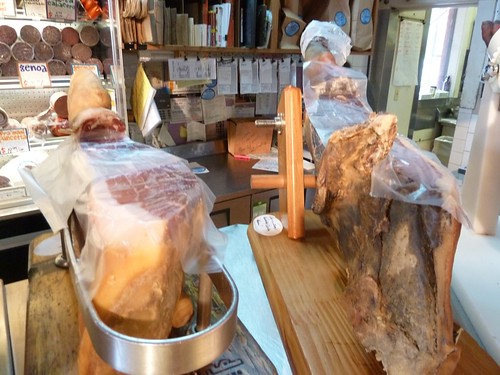
Zingerman’s Deli
422 Detroit Street
Ann Arbor, MI 48103
(734) 663-3354


 Posted in
Posted in 
